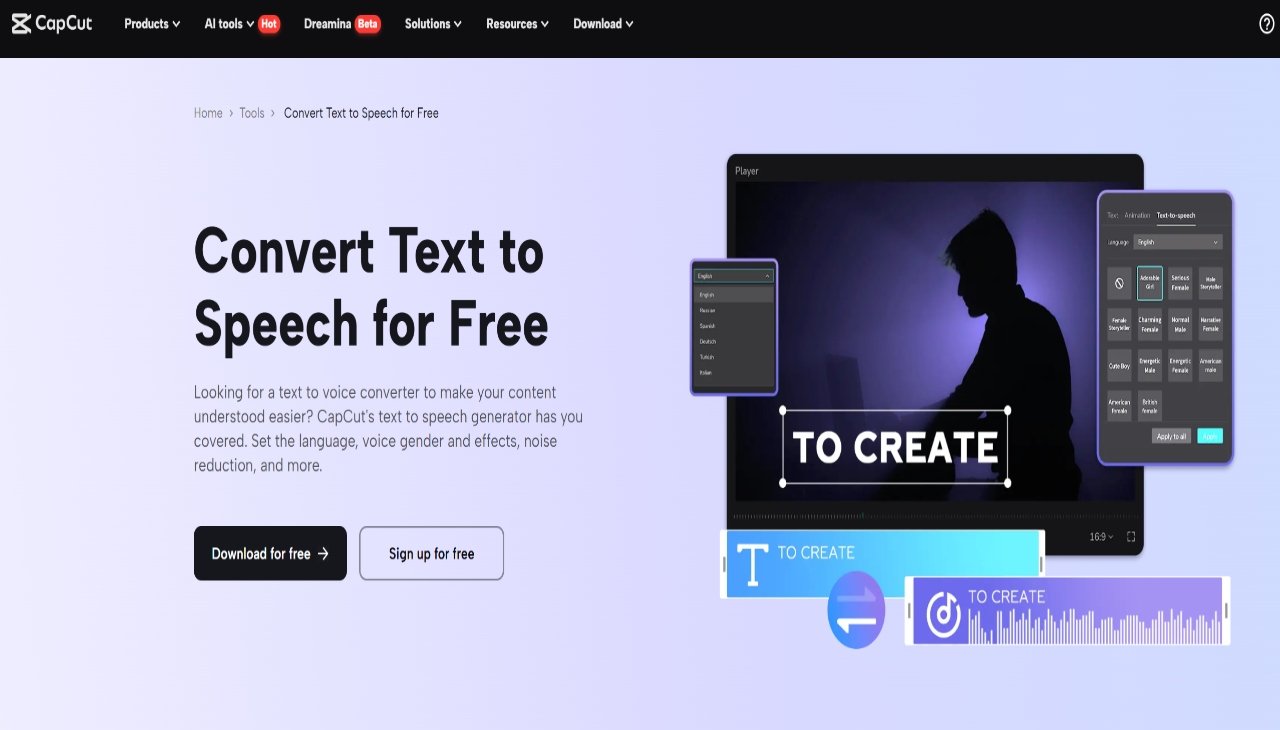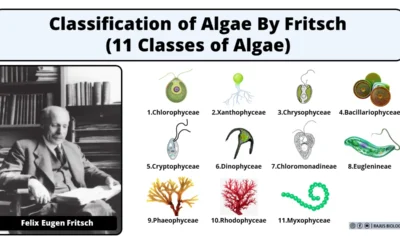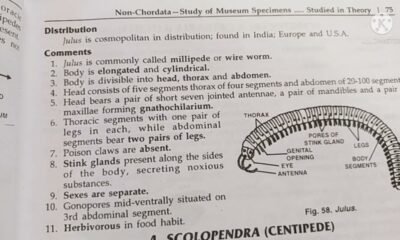Tech
Making Videos More Accessible: How Text to Speech AI is Changing the Game

In today’s world, videos are a major part of how we learn, entertain, and communicate. Whether it’s for education, marketing, or entertainment, videos have become essential. However, not everyone can experience videos in the same way. Some people have hearing or vision impairments, while others may find it difficult to follow certain content. This is where text to speech AI comes in to make a difference.
Text to speech AI allows creators to turn written text into spoken words. By using this technology, creators can easily add narration to their videos, making them more accessible to people with different needs. Whether it’s for those who are deaf or hard of hearing, visually impaired, or non-native speakers, text to speech AI helps videos reach a larger audience. In this post, we’ll explore how this technology is improving accessibility and how creators can use it to make their content more inclusive.
Why Accessibility in Video Matters
Making videos accessible is crucial for a wide range of audiences. People with disabilities, such as hearing or vision impairments, may miss out on valuable video content if it’s not designed with accessibility in mind. Similarly, non-native speakers might find it hard to follow videos in foreign languages without subtitles or narration. This is where text to speech AI comes in, helping to make videos more inclusive by adding spoken words to written text, making them easier for everyone to understand.
By using text to speech AI, creators can add voiceovers to their videos, helping those who struggle with reading or have visual impairments. For example, educational videos can be made more engaging with AI-generated voices that read the content aloud, making learning more accessible for a wider range of people. This technology opens up the potential for video creators to reach and help more people, regardless of their challenges.
How AI Video Upscalers Improve Video Quality
While making videos accessible is important, it’s also essential to make sure the video content looks good. An AI video upscaler is a tool that can enhance the quality of videos by improving their resolution. If you’re working with older or lower-resolution videos, AI video upscalers can make them clearer and sharper, helping viewers enjoy a more professional and high-quality viewing experience.
For example, educational videos or tutorials can be made clearer with better resolution, which is especially important when explaining complex ideas. Pairing an AI video upscaler with text to speech AI helps not only improve the visual quality but also makes the audio more accessible. With both technologies working together, creators can provide high-quality, accessible content that looks great and sounds clear.
Benefits of AI Voice Generators for Narration
An AI voice generator is another tool that makes video narration simple and accessible. It allows creators to add realistic voiceovers to videos without needing to hire a voice actor. An AI voice generator can read any text aloud in different voices, accents, and languages, making it possible to generate a voiceover for any type of video content.
The main advantage of using an AI voice generator is how fast and cost-effective it is. Instead of spending hours recording narration or paying for professional voiceovers, creators can generate audio instantly. This makes the video creation process much more efficient. The ability to adjust the tone, language, and voice characteristics ensures that the narration fits the style of the video, whether it’s for a tutorial, an advertisement, or a casual vlog.
How to Use CapCut’s Text to Speech AI
CapCut’s desktop version includes an easy-to-use text to speech AI feature that helps creators add narration to their videos quickly. Whether you’re making a tutorial, educational video, or any other type of content, CapCut can help you make your videos more accessible. Here’s how to use it in three simple steps:
- Import Video
Open CapCut on your desktop and upload your video. You can drag and drop any video file you want to edit. Once the video is imported, you’re ready to add narration.

- Use Text to Speech AI
Click on the “Text” option, and type or paste the script you want to be read aloud. Select the “Text to speech” button to generate the narration. Choose from various voices and languages to match your video’s tone, then let CapCut’s text to speech AI create the voiceover.

- Export Video
Once you’re satisfied with the narration, click on the “Export” button to save your video with the added voiceover. You can then download the video or upload it to your platform.

CapCut’s text to speech AI makes it easy to quickly add narration to videos, making the process much faster and more accessible for creators.
Conclusion
Incorporating text to speech AI into your video creation process is a great way to make your content more accessible to a wider audience. Whether it’s helping those with hearing or visual impairments, or non-native speakers, text to speech AI is making videos easier to understand and more inclusive.
Combining tools like AI video upscalers and AI voice generators further enhances the quality of your videos, ensuring that they not only look and sound great but are also accessible to all viewers. By using CapCut’s simple tools, you can create high-quality, accessible videos in no time. So, if you want to make your videos more engaging and inclusive, try adding text to speech AI and see how it can change the game for you.

 Blog7 months ago
Blog7 months ago[PPT] Human Reproduction Class 12 Notes
- Blog7 months ago
Contribution of Indian Phycologists (4 Famous Algologist)
- Blog7 months ago
PG TRB Botany Study Material PDF Free Download

 Blog7 months ago
Blog7 months agoCell The Unit of Life Complete Notes | Class 11 & NEET Free Notes

 Blog7 months ago
Blog7 months ago[PPT] The living world Class 11 Notes

 Blog7 months ago
Blog7 months agoClassification of Algae By Fritsch (11 Classes of Algae)

 Blog7 months ago
Blog7 months agoJulus General Characteristics | Free Biology Notes

 Blog7 months ago
Blog7 months agoPlasma Membrane Structure and Functions | Free Biology Notes














